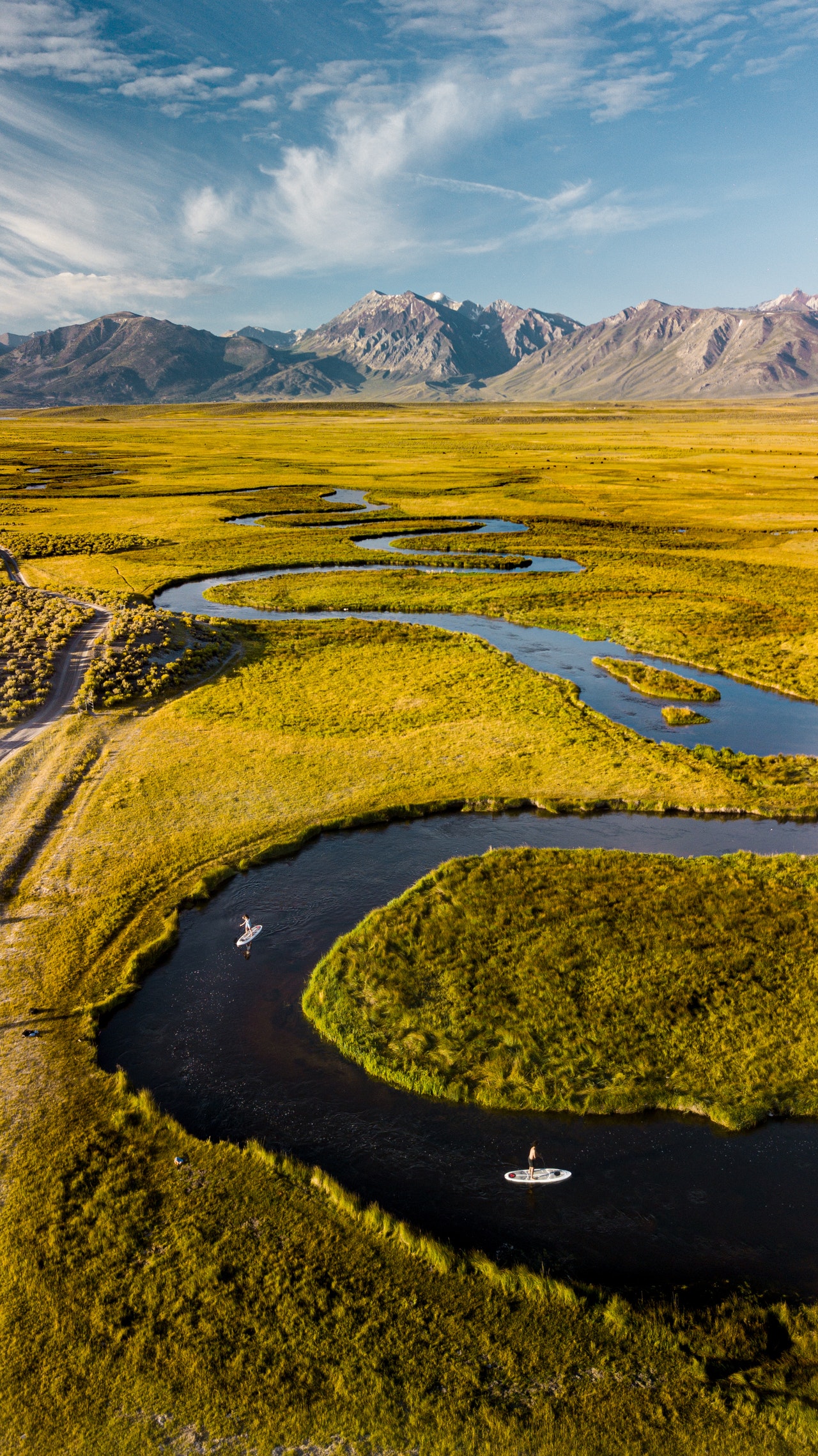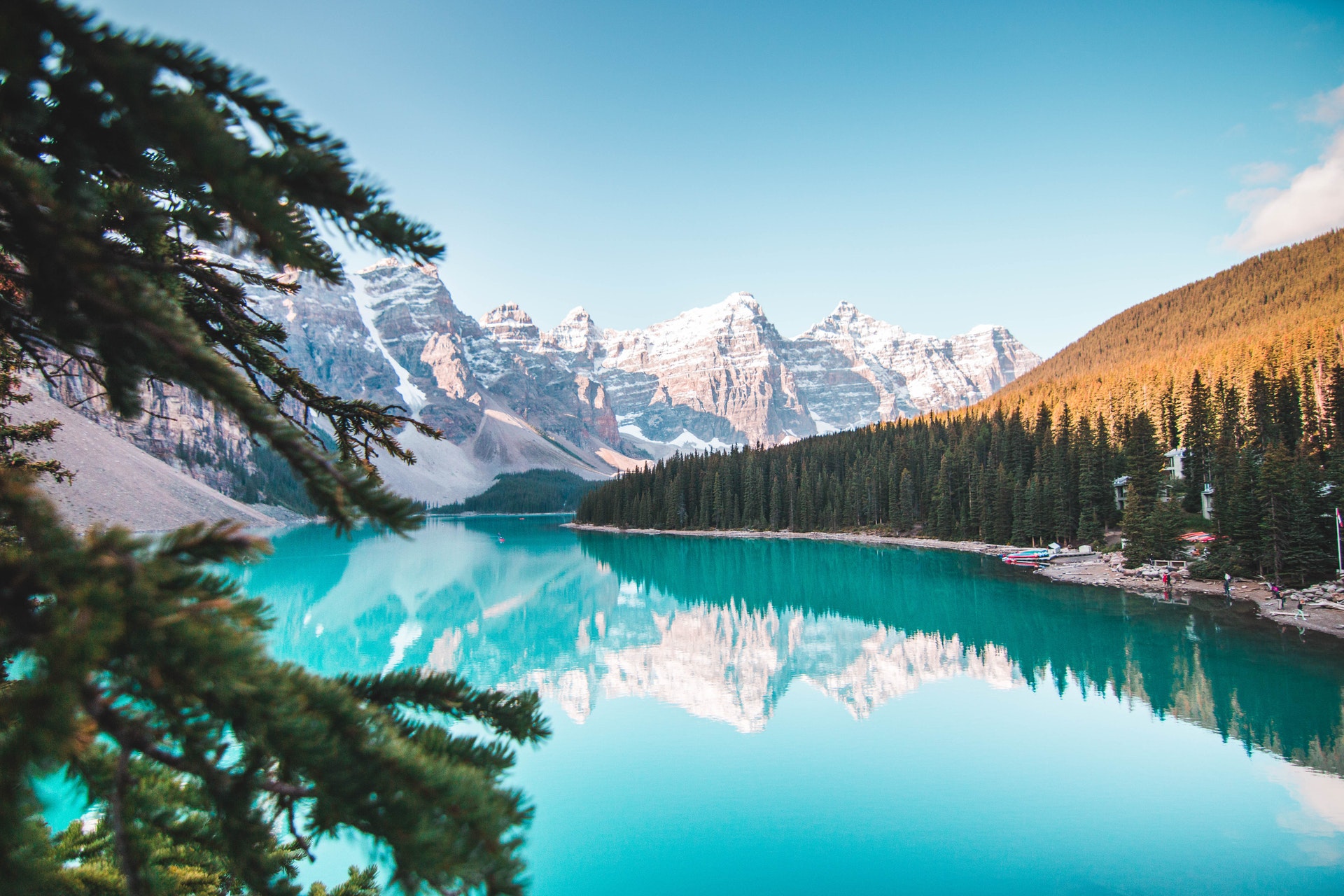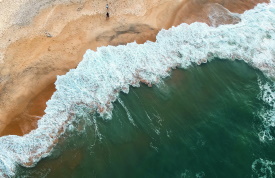The Park District has formed a Park Avenue Working Group to seek feasible options that provide long-term access to boating activities at Park Avenue Boating Facility, The Group consists of Park District Staff and Board, City of Highland Park Staff and Council, North Shore Yacht Club Members, and resident boaters. Consistent with the Park District’s Mission and Board-approved policies, the Park Avenue Working Group is working with SmithGroup, our coastal engineer to seek fiscally responsible site improvements that provide long term access to boating activities at Park Avenue Boating Facility. The Park Avenue Working Group’s objectives are to:
- Gain a clear understanding of the current lake conditions, the proposed concepts for the barge/breakwater repair or replacement, and the risks associated with activities and shoreline protection at Park Avenue.
- Explore fiscally responsible funding options to support site improvements.
- Evaluate site improvement options and determine priorities based on feasibility.
- Provide a recommendation to the Park Board on proposed site improvements and funding options.
On January 14, SmithGroup presented an overview on lake levels and the effects to the beach if the barge were completely removed. In addition, the following barge repair/replacement options were presented:
- Barge Repair Encapsulation:
The barge would be cut down and encapsulated with sheet pile. However, the length of the barge cannot be extended nor is there a pedestrian walking surface. (65-70 year lifespan) - Barge Replacement In-Kind:
The barge would be removed and replaced in-kind. This option includes a pedestrian walking surface, however, the length of the barge cannot be extended. (28-34 year lifespan) - Cellular Sheetpile:
The barge would be removed and replaced with a cellular sheet pile. The sheet pile can be adjusted to any width or length, which increases the project costs, but provides flexibility. Low cost maintenance would be required every 10-15 years. A floating dock is included with this option. A cantilever dock is an alternative option. (65-70 year lifespan) - Rubble Fill & H-Piles:
The current barge would remain, H-Piles installed for support, the cargo box will be filled with rubble. (20-25 year lifespan) - Rubble Breakwater with Sheetpile:
The barge would be removed, a sheet pile would be driven and surrounded with rubble breakwater. A floating dock can be attached for an additional cost. (50 year lifespan) - Rubble Breakwater with Raised Core:
The barge would be removed and replaced with a breakwater. A floating dock can be attached for an additional cost. (50 year lifespan) - Rubble Breakwater with Pre-Cast Walkway:
The barge would be removed and a breakwater would be built around a pre-cast narrow pedestrian walking surface. High cost optional items are an H-Pile with an attached floating dock and the pier or groin can be widened. Low cost infrequent maintenance would be required. ( 50 year lifespan) - Cantilevered Sheetpile Wall:
The barge would be removed and replaced with a sheet pile wall and stiffeners. The wall would block the view of the lake from certain points of the beach when the lake levels are low. (65-70 year lifespan) - H-Pile Adaptive Panel Wall:
H-Piles would be installed behind the current barge to extend its life. This project can be completed in two phases to maximize the life of the current barge and reduce upfront costs. Once the barge is completely removed a floating dock can be attached for an added cost, but this will reduce the launch to a single lane. There are potential high costs for ongoing maintenance, because the panels can break easily during severe storms. (50 years beyond residual barge) - Trapbag Barrier Wall:
A leveling base material and trapbags filled with tremie concrete would be placed inside the cargo box of the barge. Tremie concrete is $300 per cubic area and requires special equipment to place the trapbags into the cargo box, so this increases the costs of the project. The residual life of the barge is dependent on the stability of the trapbags. (Lifespan based on residual life of barge.)
The Working Group met again on January 29, and SmithGroup presented additional options for the repair or replacement of the barge/breakwater including a Trapbag Cofferdam with Walkway and an H Pile adaptive wall. After extensive discussion, the Working group recommended that the only options considered going forward should include removal of the current barge, and replacement with a new structure. The Park Avenue Working Group identified two of the options as viable including: Option #3 Cellular Sheet pile and Option #7 Rubble Breakwater with Pre-Cast Walkway.
Park District staff will discuss the two options to refine costs and begin working on funding models to be shared with the Park District Finance Committee. The Working Group will reconvene in March.
For more information on Park Avenue Boating Facility and the project, click here.








